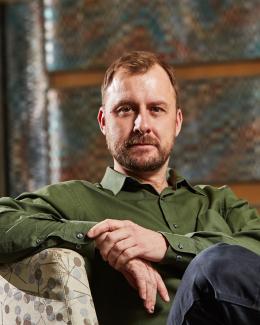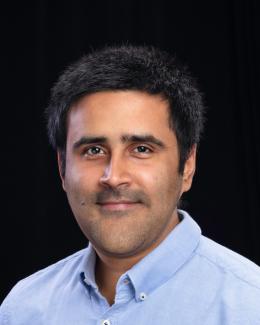Abstract
We characterize a concentrated 7.3 m CaCl2 solution, combining neutron diffraction with chloride isotopic substitution (Cl-NDIS) in null water and molecular dynamics (MD) simulations. We elucidate the solution structure, thermodynamic properties, and extent of ion pairing previously suggested as concentration-dependent and often not observed at lower concentrations. Our Cl-NDIS measurements designate the solvent-shared ion pairing as dominant and the contact ion pairing (CIP) as insignificant even under conditions close to the solubility limit. The MD models parameterized against neutron diffraction with calcium isotopic substitution (Ca-NDIS) overestimate CIP despite successfully reproducing most of the Cl-NDIS signal. This drawback originates from the fact that Ca2+–Cl− interactions were primarily “hidden” in the Ca-NDIS signal due to overlapping with Ca2+–Ow and Ca2+–Hw contributions to the total scattering. Contrary, MD models with moderate CIP and possessing generally good performance at high concentrations fail to reproduce the NDIS measurements accurately. Therefore, the electronic polarization, introduced in most of the recent MD models via scaling ionic charges, resolves some but not all parameterization drawbacks. We conclude that despite improving the quality of MD models “on average,” the question “which model is the best” has not been answered but replaced by the question “which model is better for a given research.” An overall “good” model can still be inappropriate or, in some instances, “bad” and, unfortunately, produce erroneous results. The accurate interpretation of several NDIS datasets, complemented by MD simulations, can prevent such mistakes and help identify the strengths, weaknesses, and convenient applications for corresponding computational models.




